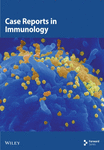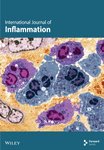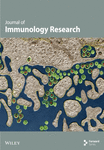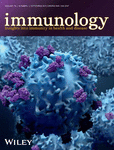Journal list menu
Export Citations
Download PDFs
Table of Contents
PD-1 expression affects cytokine production by ILC2 and is influenced by peroxisome proliferator-activated receptor-γ
- First Published: 19 November 2019
Circulating mucosal-associated invariant T cells in subjects with recurrent urinary tract infections are functionally impaired
- First Published: 07 February 2020
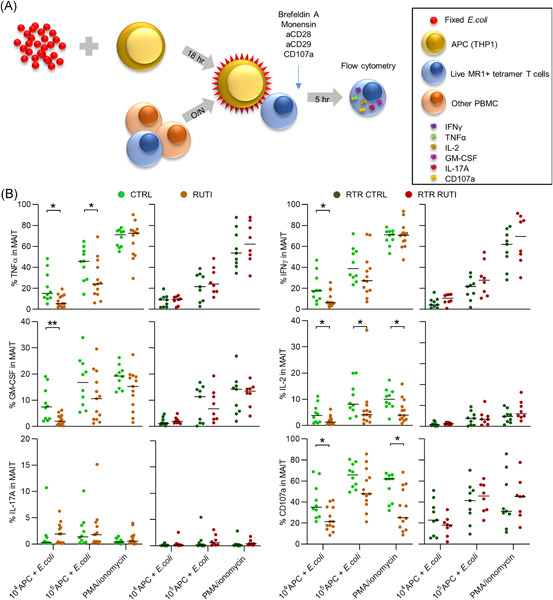
In this study, we investigated whether mucosal-associated invariant T (MAIT) cells are involved in the pathogenesis of recurrent urinary tract infections (RUTIs). Using multichannel flow cytometry, we characterized the MAIT cell phenotype and function in blood from immunocompetent adults with (n = 13) and without RUTIs (n = 10) and in renal transplant recipients with (n = 9) and without RUTIs (n = 10). Our results point out that circulating MAIT cells in subjects with RUTIs have functional impairments similar to those of MAIT cells in immunocompromised renal transplant recipients. This finding suggests that MAIT cells are involved in the pathophysiology of RUTIs.
Interleukin-6 signaling requires only few IL-6 molecules: Relation to physiological concentrations of extracellular IL-6
- First Published: 27 February 2020
Targeting alveolar macrophages shows better treatment response than deletion of interstitial macrophages in EGFR mutant lung adenocarcinoma
- First Published: 03 March 2020
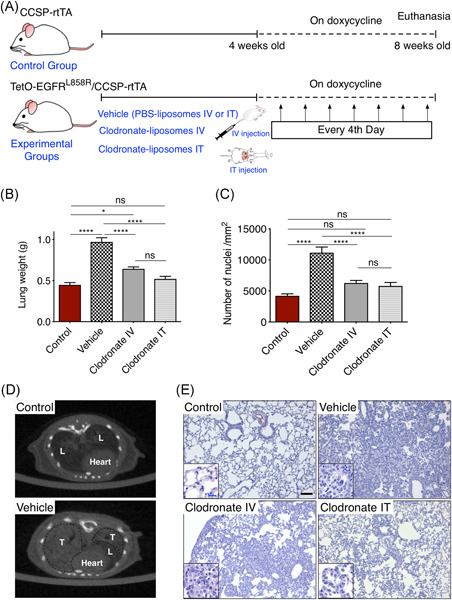
We use a well-characterized mouse model of epidermal growth factor receptor (EGFR) mutant lung adenocarcinoma and show that depletion of alveolar macrophages (AMs) has a strong impact on restricting lung tumor progression. We further show that the ablation of interstitial macrophages has a milder effect on tumor growth. In addition, we show that depletion of AMs leads to an increased infiltration of CD8+ T lymphocytes that might be responsible for the reduction of tumor growth.
Human mast cells exhibit an individualized pattern of antimicrobial responses
- First Published: 28 March 2020
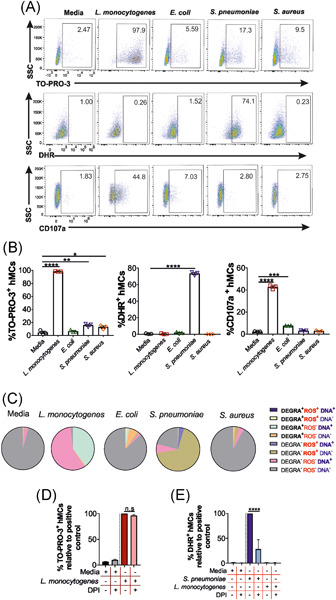
In our study we have assessed human mast cell responses after their encounter with bacteria typically localized at tissue interfaces: Escherichia coli (gut commensal), Listeria monocytogenes (gut pathogen), Staphylococcus aureus (skin commensal), and Streptococcus pneumoniae (lung commensal). The human mast cell immune reactions included extracellular DNA secretion, reactive oxygen species (ROS) production and degranulation measured in a novel flow cytometric assay, as well cytokine/chemokine and prostaglandin D2 secretion. Our findings demonstrate that DNA externalization, ROS production, and mediator secretion occur as independent immune reactions in human mast cells upon bacterial encounter. Thus, these results suggest that human mast cells exhibit a highly individualized pattern of antimicrobial responses.
IL-12 and IL-15 induce the expression of CXCR6 and CD49a on peripheral natural killer cells
- First Published: 27 September 2017
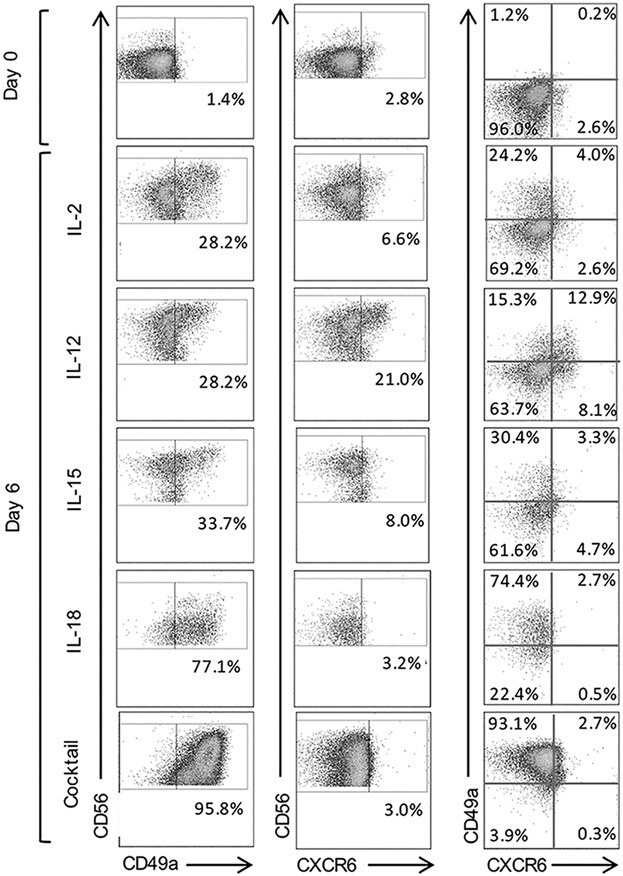
Using flow cytometry, functional assays and RNA sequencing techniques we identify liver-resident CXCR6+ NK cells to have reduced functionality in comparison to CD49a NK cells. Dual positive CXCR6+CD49a+ NK cells more closely resemble the single positive CD49a+ population. We demonstrate that CXCR6+ and CD49a+ NK cells can be induced within the peripheral blood in vitro using cytokines and identify that IL-12 and IL-15 can readily induce a double positive “CD49a+CXCR6+” phenotype. CD49a+CXCR6+ NK cells induced in the periphery are phenotypically similar to liver resident CD49a+ NK cells and express high levels of IFNγ, thus they have an “adaptive” liver-homing phenotype.
Fas Ligand localizes to intraluminal vesicles within NK cell cytolytic granules and is enriched at the immune synapse
- First Published: 11 April 2018
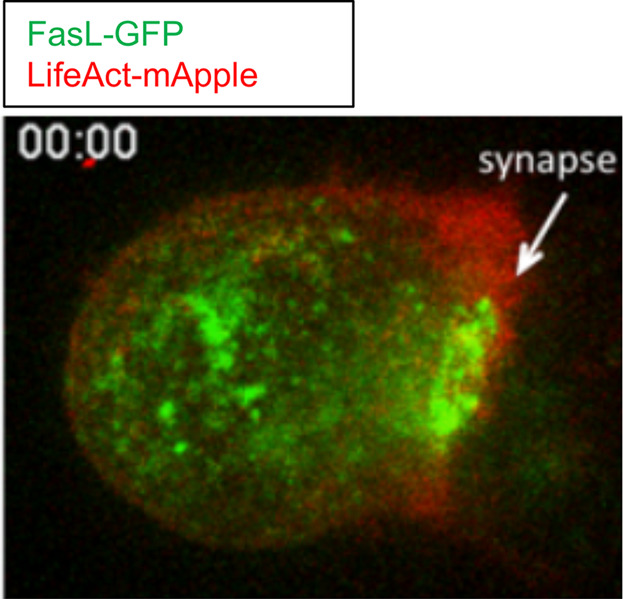
In NK cells, Fas ligand (FasL) localizes to CD63+ secretory lysosomes, and is enriched on intraluminal vesicles (ILVs) adjacent to the dense-core within cytolytic granules. In cells forming cytolytic immune synapses, FasL re-localizes towards the target cell with a distinct pool of FasL remaining at the distal pole of the NK cells. These findings explain how FasL contributes to NK cell cytotoxicity.
Interferon α2 and interferon γ induce the degranulation independent production of VEGF-A and IL-1 receptor antagonist and other mediators from human mast cells
- First Published: 13 December 2017
Group 2 innate lymphoid cells are elevated and activated in chronic rhinosinusitis with nasal polyps
- First Published: 19 April 2017
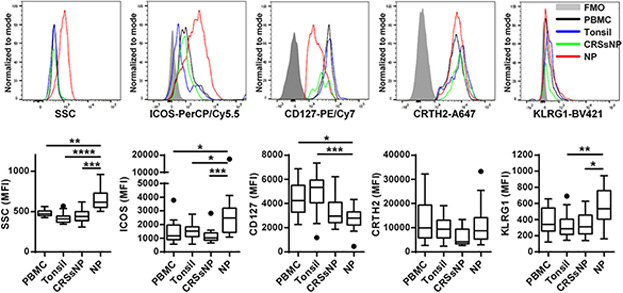
ILC2s were elevated in CRSwNP and expressions of inducible T-cell co-stimulator (ICOS) and CD127 in ILC2s were altered in CRSwNP compared to blood or tonsil ILC2. In addition, sorted CRSwNP ILC2 but not blood ILC2 spontaneously released type 2 cytokines including IL-5 and IL-13. These results suggest that ILC2s are not only elevated but also activated in CRSwNP in vivo.
Alterations of oncogenes expression in NK cells in patients with cancer
- First Published: 10 July 2017
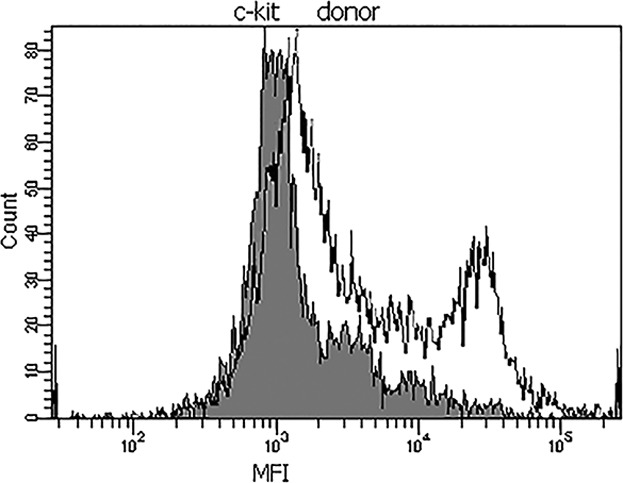
The goal of this study was to characterize the c-kit/SCF autocrine loop in peripheral blood NK cells obtained from patients with cancer. Our results demonstrated that the expression of proto-oncogenes c-myc and c-kit was significantly decreased in NK cells from all cancer patients. Expression of membrane-bound SCF in NK cells correlated with the presence of remote metastases.






